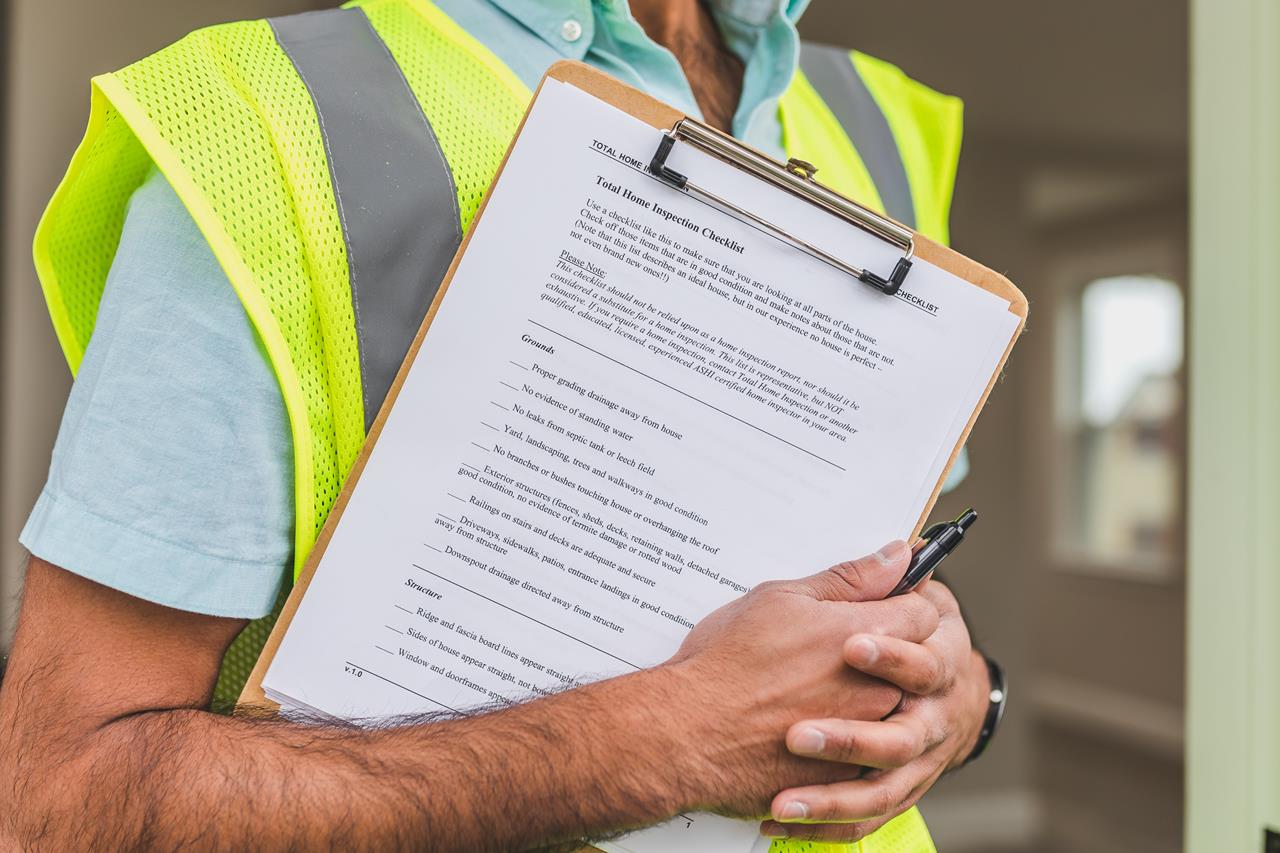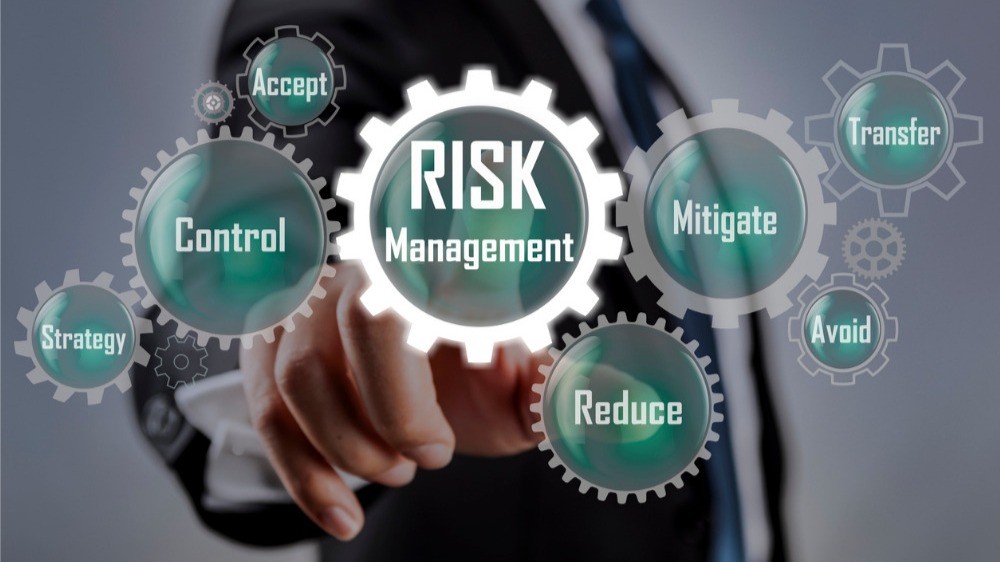Let’s be honest – risk assessments and legal requirements can be a bit of a headache. They take time, the methodology is not always easy to understand, and completing all the information can feel daunting. Apart from that, you’ve got to know the difference between a hazard and a risk, and then figure out what steps to take to make things safer.
Compiling a Risk Assessment is intimidating, but a not-negotiable for the employer! It is all about demonstrating considering risks, identifying mitigations, informing employees about the mitigations and having records for the aforementioned readily available.
Facts about a Risk Assessments:
- It protects the CEO and his management team.
- Secondly – and this isn’t about ranking anyone’s importance – a risk assessment is there to help the employee to understand which tasks or activities could potentially cause them harm. In serious cases, that could mean severe injury, losing a limb, or in the worst-case scenario, even death. It’s all about keeping the employee informed and safe.
Why is it a legal requirement? Legislation isn’t about crossing your fingers and hoping for the best. It expects you to take a moment to stop, look around, and spot anything that might cause harm.
Risk assessments might seem like a big task, but you don’t need to feel overwhelmed. Just remember the old saying: “How do you eat an elephant? One bite at a time.” The same idea applies here:
Divide and Conquer
Don’t try to assess the whole business all at once—it’s just too much. As a Health and Safety Practitioner, you probably already have a good gut feeling about which activities or areas keep you up at night.
- If your concern is about a specific area in the workplace, start there. Focus on the area where there’s the highest risk of injury, damage to equipment, or something that could stop production.
- If it’s about a specific process, break it down and focus one task at a time – like unloading a truck, operating a particular machine, entering a confined space, working with lasers, working at heights, or doing Lockout/Tagout (LOTO).
Identify the Hazards
In my experience, it really helps to start by focusing on the specific activity or task where the concerned hazard originates from—once you’ve identified that, everything else becomes easier to figure out.
You might not always know every detail or risk involved in a task—and that’s okay. What matters is that you understand the risk assessment process and then team up with a Subject Matter Expert (SME) who knows the task inside out.
Ask the right questions, and the SME will help you identify all the possible hazards. It’s a team effort, and good communication is key.
Example:
| ACTIVITY | HAZARD | RISK | CONSEQUENCE |
| Testing Laser beam in Test Bench (Lasers (400-1400 nm) | Eye Damage | ||
| Skin Damage |
Identify the Risk
Now that you’ve identified the hazards, the next step is to break each hazard down into risks.
Put simply, a risk is the chance that something bad could happen because of the identified hazard. It’s about understanding how likely it is that someone could get hurt, and how serious it could be if they do.
Example:
| ACTIVITY | HAZARD | RISK | CONSEQUENCE |
| Testing Laser beam in Test Bench (Lasers (400-1400 nm) | Eye Damage | Concentrated light can instantly burn retina | |
| Skin Damage | Thermal burns to the skin |
Identify the Consequence
Including this consideration (or explaining what could go wrong) makes it easier for employees without technical knowledge to understand how being around lasers could affect them personally. The goal is to grab their attention and get them on board with staying safe.
Example:
| ACTIVITY | HAZARD | RISK | CONSEQUENCE |
| Testing Laser beam in Test Bench (Lasers (400-1400 nm) | Eye Damage | Concentrated light can instantly burn retina | Loss of vision |
| Skin Damage | Thermal burns to the skin | Minor redness to severe blistering and tissue damage |
Evaluate the Risk and Plan Your Action
This is where you decide what to do next. For each consequence, ask yourself two easy questions:
- How likely is it to happen? (Very likely, likely, or unlikely)
- How serious would the harm be? (Minor, serious, or fatal)
For the sake of simplification, we use a simple 3×3 matrix to help figure this out. Some Health and Safety Practitioners use a 5×5 matrix, which is also perfect.
Once you know if the risk is HIGH, MEDIUM, or LOW, you can start thinking about affordable ways to put control measures in place to reduce the risk and keep everyone safe.
In the industry, we follow a set of steps called the Hierarchy of Controls to manage risks:
- Eliminate: Can you completely get rid of the hazard? (For example, outsource testing of laser sources so no one onsite is exposed.)
- Substitute: Can you replace the hazard with something safer? (Like using a lower-power laser if it still gets the job done or the end-result is compliant to the spec.)
- Engineering Controls: Can you make physical changes to the workplace? (Such as installing an interlock system that stops the laser if someone opens the test bench.)
- Administrative Controls: Can you change how people work? (For example, provide training or set up a permit-to-work system.)
- Personal Protective Equipment (PPE): Can you give people safety gear? (Like laser goggles that protect against the specific laser strength.)
Risk assessments aren’t just paperwork—they’re a powerful tool to protect everyone, keep the workplace running smoothly, and avoid costly surprises. When employers and employees work together to spot hazards early and put smart controls in place, it creates a safer, healthier, and more confident work environment. Taking the time to do risk assessments shows you care about people’s well-being and the success of your business.
So, let’s make safety a team effort—because when everyone’s involved, we all win!







